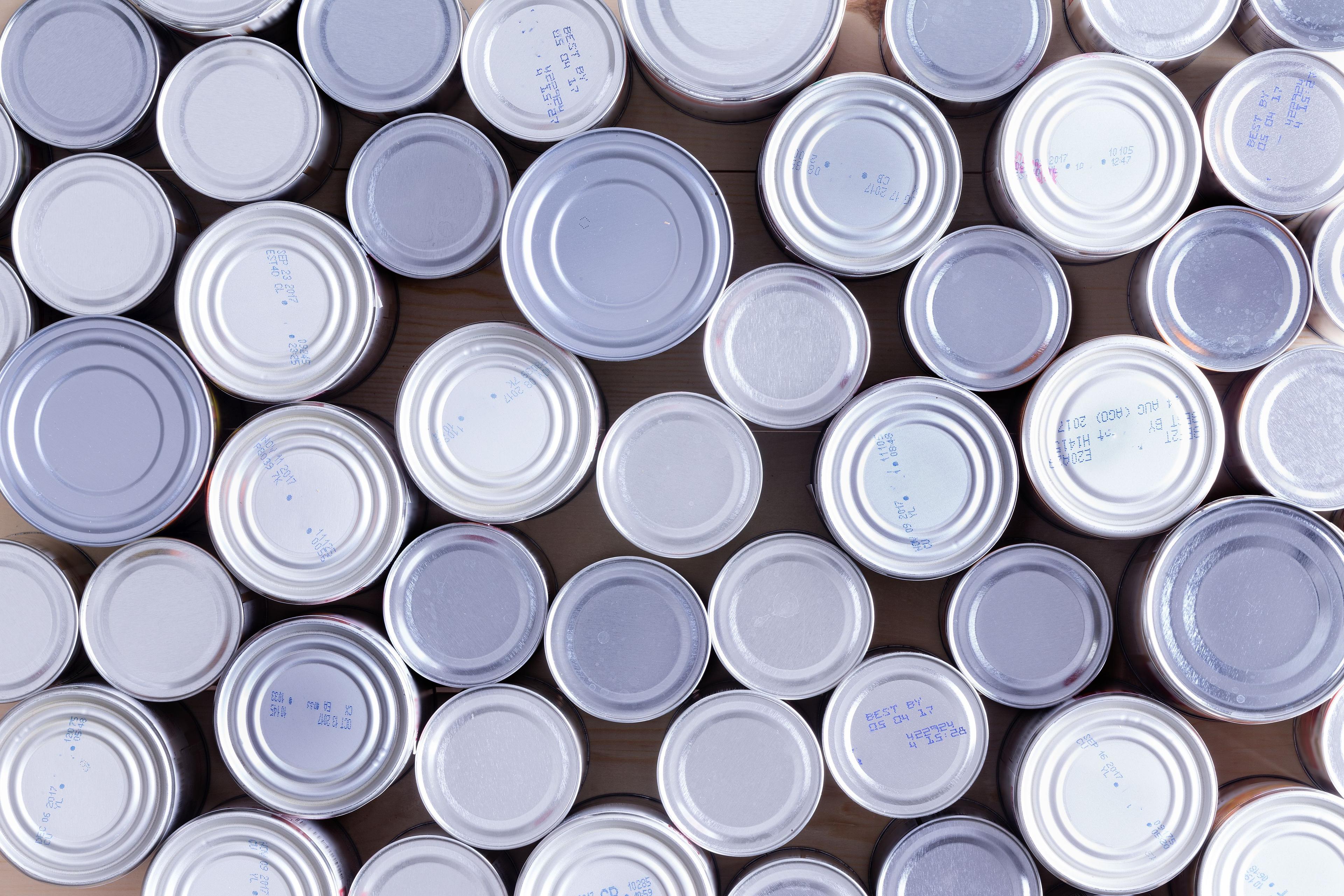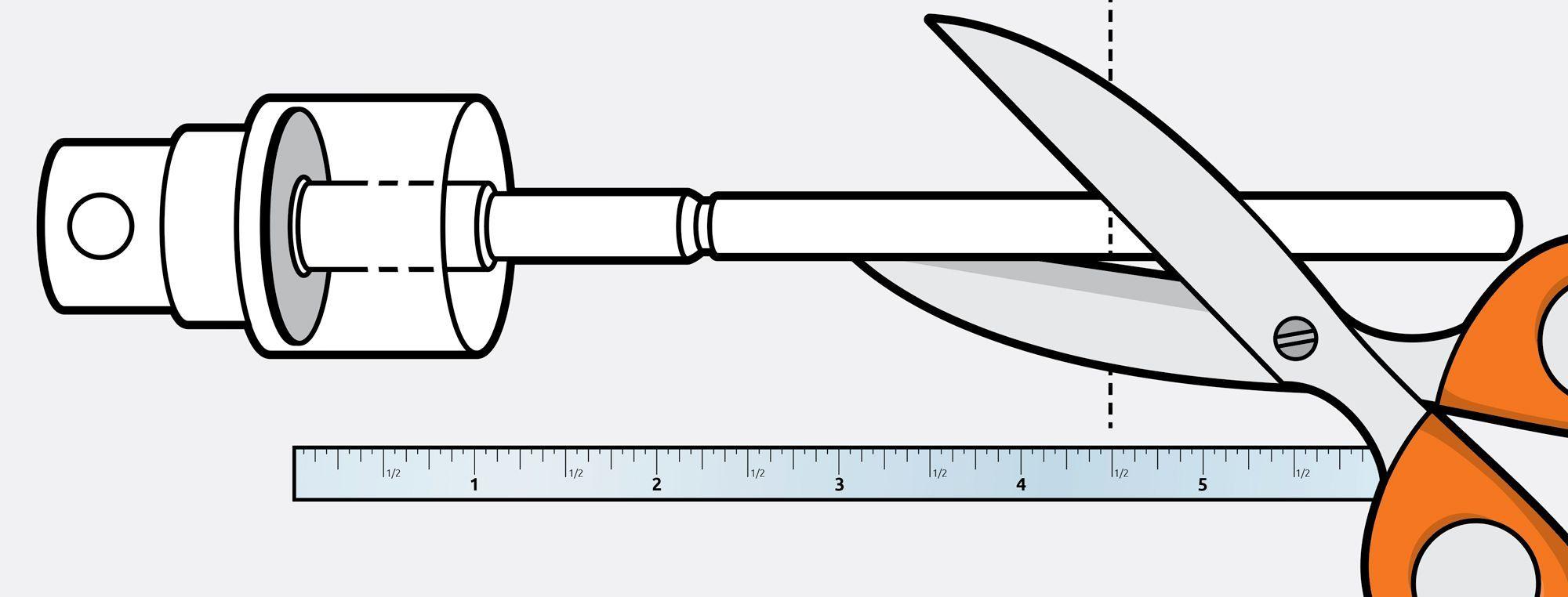How to Use Plastic Bottles to Build a More Sustainable Brand


The Unexpected Hero of Sustainability: The Plastic Bottle
Plastic bottles have long been criticized for their environmental impact. They clog landfills, pollute oceans, and take centuries to break down. But what if they could be part of the solution rather than the problem? Innovative businesses are proving that plastic bottles can be leveraged in ways that support sustainability rather than hinder it.
If your brand relies on plastic packaging, you don’t need to abandon it entirely to go green. Instead, rethink how you use, design, and promote plastic bottles to minimize waste and maximize sustainability. Let’s explore how your brand can use plastic bottles responsibly to build a stronger, greener reputation.
The Case for Sustainable Plastic Bottle Use
Sustainability is more than just a buzzword; it’s a business imperative. 81% of global consumers strongly believe companies should help improve the environment. That means consumers are watching—and rewarding—brands that commit to sustainability.
Brands that embrace eco-friendly plastic bottle solutions experience significant benefits:
- Increased customer loyalty – Shoppers prefer brands that align with their values.
- Reduced costs – Recycling and reusing plastic cuts down on material expenses.
- Regulatory compliance – Governments worldwide are tightening restrictions on plastic waste.
- Enhanced brand reputation – Companies with sustainability initiatives earn better public perception and media coverage.
- Higher sales and profitability – Eco-conscious products attract a growing market of environmentally aware consumers.
By adopting sustainable plastic packaging solutions, your business can stay ahead of regulations, enhance customer trust, and contribute to a greener planet.
How to Make Plastic Bottles More Sustainable
1. Switch to Recycled Plastic (rPET) Instead of Virgin Plastic
One of the most effective ways to make plastic bottles sustainable is by using recycled polyethylene terephthalate (rPET). rPET is created by processing post-consumer plastic waste into new, high-quality packaging. Major corporations like Coca-Cola and Nestlé are leading the way by using 50-100% rPET in their bottles.
How your brand can implement rPET:
- Partner with suppliers offering high-quality rPET packaging.
- Educate consumers about rPET’s environmental benefits via clear labeling.
- Run campaigns promoting your brand’s commitment to using recycled plastic.
- Invest in technology that improves the efficiency of rPET production to reduce costs.
- Collaborate with waste management companies to increase the collection of plastic waste for recycling.
2. Design for Reusability
Single-use plastics are on the decline, while reusable packaging solutions are gaining momentum. Designing plastic bottles for reuse extends their lifecycle and reduces waste.
Brands pioneering reusable plastic bottle solutions:
- Loop & TerraCycle – Encouraging brands to develop durable, reusable packaging.
- Starbucks & PepsiCo – Launching refillable bottle programs to reduce single-use waste.
- S’well & Hydro Flask – Popularizing reusable bottles as trendy, sustainable alternatives.
How to make your plastic bottles reusable:
- Create durable, stylish bottles consumers want to keep.
- Offer a refill or return incentive program for repeat use.
- Partner with retailers to encourage refills and discounted reuse.
- Develop bottle designs that are dishwasher-safe and easy to clean, enhancing reusability.
- Introduce a subscription-based refill service that delivers products in reusable containers.
3. Implement Bottle Return & Recycling Programs
Encouraging customers to return used plastic bottles is a practical way to close the recycling loop and prevent waste.
Successful return and recycling programs:
- Coca-Cola’s World Without Waste – Aiming to collect and recycle every bottle sold by 2030.
- The Body Shop’s Return, Recycle, Repeat program – Rewarding customers for returning empty bottles.
- Deposit Return Schemes (DRS) – Offering refunds for returned plastic bottles in multiple countries.
How your brand can introduce a return program:
- Set up collection points at stores and key locations.
- Offer incentives such as discounts or loyalty points for returned bottles.
- Educate consumers on proper recycling practices to maximize program success.
- Partner with non-profits and community organizations to increase recycling awareness.
- Use smart technology, such as QR codes on bottles, to track and reward responsible recycling habits.
4. Adopt Biodegradable & Plant-Based Plastic Alternatives
New materials are emerging that allow plastic bottles to decompose naturally or be derived from sustainable sources.
Innovative brands using biodegradable plastics:
- Nestlé’s bio-based water bottles – Made from plant-derived materials.
- PepsiCo’s plant-based PET bottles – A sustainable alternative to traditional PET.
- Avani’s cassava bags – Fully biodegradable and non-toxic packaging options.
How to incorporate biodegradable plastics:
- Research and invest in plant-based plastic solutions.
- Partner with suppliers offering compostable packaging.
- Clearly label biodegradable packaging to educate consumers on disposal methods.
- Ensure your biodegradable bottles are certified by recognized environmental organizations.
- Advocate for improved industrial composting facilities to properly handle biodegradable plastics.
5. Leverage Branding to Promote Sustainability
Your packaging is a powerful tool for communicating your sustainability efforts. Use it to showcase your commitment to environmental responsibility.
Branding strategies for sustainability:
- Use minimalist packaging to reduce excess materials.
- Highlight sustainability credentials on your bottles (e.g., "Made from 100% rPET").
- Create digital content educating consumers about proper recycling practices.
- Collaborate with sustainability influencers to amplify your message.
- Introduce a “Plastic Neutral” certification to show your commitment to reducing plastic waste.
The Future of Sustainable Plastic Packaging
Sustainable packaging is not just a passing trend—it’s the future of consumer goods. As technology advances, brands that invest in eco-friendly packaging solutions will gain a competitive edge.
By making simple yet impactful changes—such as using recycled materials, designing for reuse, and implementing recycling programs—you can transform plastic bottles from an environmental challenge into a sustainability asset.
Take the Next Step Towards Sustainability
Sustainability starts with action. By integrating recycled materials, reusability, and innovative return systems, your brand can contribute to a greener future while strengthening customer trust.
Explore our range of sustainable packaging solutions today and take the first step towards a more eco-friendly brand.





